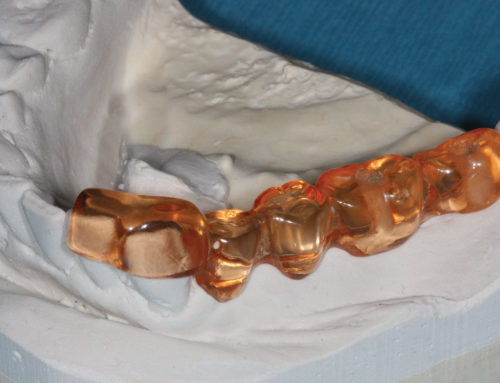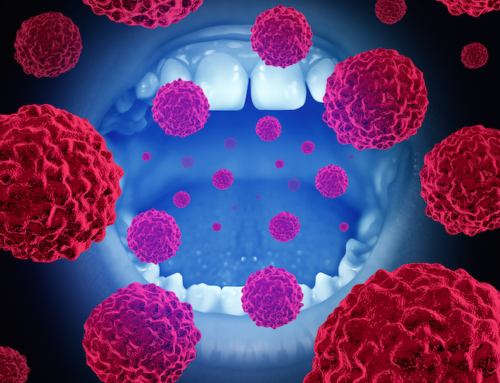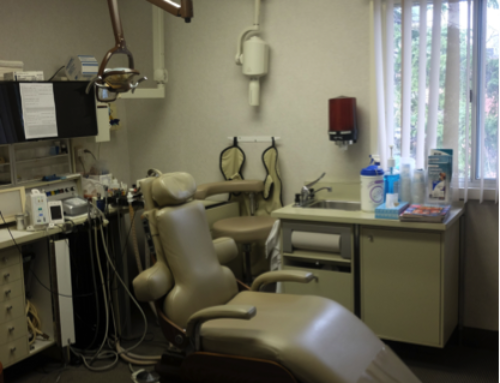
The American Association of Endodontists (AAE) cites ever-increasing evidence from current literature of antibiotic resistance in endodontic infections. According to recent studies, a generalized 44-fold increase in the prevalence of MRSA strains and a six-fold increase in the number of strains resistant to multiple antibiotics have prompted dental providers to examine some long-held traditions about the use of antibiotics in dental treatment.
In the May 2015 journal of Endodontic Practice, the AAE discusses five myths associated with the clinical use of antibacterial drugs in antibiotic therapy. These five myths include:
- Antibiotics cure patients. Antibiotics do not cure patients. Rather, when the host defense system is balanced in relation to the bacterial agents, patients cure themselves.
- Antibiotics are a substitute for clinical intervention. Surgical endodontic intervention removes the source of infection allowing patients to then heal themselves.
- The most important decision is which antibiotic to use. The most important decision is not which antibiotic to use, but whether or not we need to prescribe one at all. Most endodontic infections resolve once the source of the infection has been removed.
- Multiple antibiotics are superior to a single antibiotic. Multiple antibiotics will guarantee a greater antibiotic spectrum, but this will result in the selection of drug-resistant bacteria. The only indication for combined antibiotics is a severe infection.
- Bacterial infections need a “complete course” of antibiotic therapy. There is no such thing as a “complete course of antibiotics.” The only guide is improvement in the patient’s symptoms, and this is based on the effectiveness and duration of antibiotic therapy.
Conditions requiring antibiotic therapy include: fever greater than 37.8°C, malaise, lymphadenopathy, trismus, cellulitis, persistent infection, increased swelling and osteomyelitis.
Conditions not requiring antibiotic therapy include: pain with no signs or symptoms of infection like symptomatic irreversible pulpitis, symptomatic apical periodontitis, necrotic pulps and radiolucency, teeth with an associated sinus tract, and localized fluctuant swellings.
As dental practitioners become more aware of the subtleties involved in the prescription of antibiotics, the proper clinical use is amplified and the decision not to prescribe antibiotics is substantiated with evidence. This reduces the incidence of selecting drug-resistant bacteria and lowers the risk to the patient with respect to toxicity and allergy.





